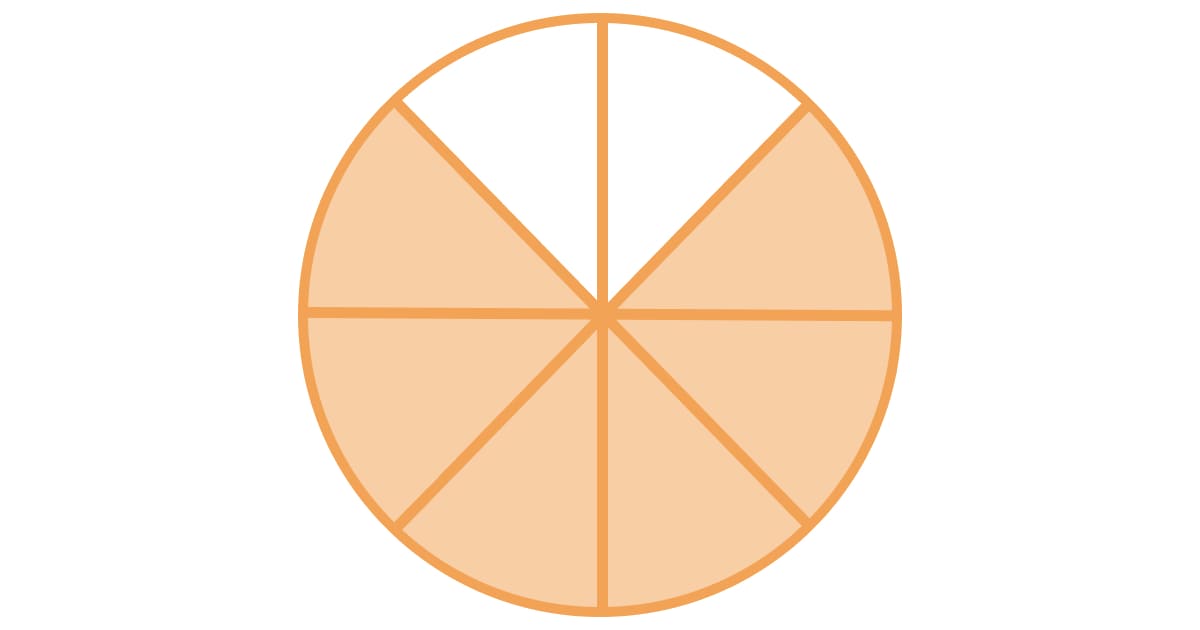Mental Health: Supporting Teachers in a Fast-Paced World
- Teaching qualifications
- Tips & Strategies
- Methodology

16.02.2023
Have you ever thought about thinking? Such a complicated process it is! We do it every single day, however, we do not always think critically. And a logical question arises: what is critical thinking?
Let’s start from the very childhood. Kids are extremely nosy, and they love asking questions about random things. Is the sun yellow? Is the grass green? Is the sky blue? As you start asking questions and seeking answers, you are, in fact, thinking. At the same time as you start thinking about how and why, you are, in fact, thinking critically.
By thinking critically, we mean a complicated process that enables us to connect not only the causes and results of problems but also their possible solutions.
How can we use it in teaching English? A better understanding of teaching grammar and critical thinking will make your lessons unforgettable.

Practical tips for teaching lexical chunks
Read moreTeachers must remember three main kinds of Grammar:
1. Factual grammar: when grammar is seen as a fact, for example:
Twelve nouns ending in -f or -fe, drop the -f or -fe and add -ves.
These noun are wife, knife, life, wolf, self, calf, shelf, leaf, loaf, thief, sheaf, half.
2. Non-generative grammar that can be described through a simple rule: everything is not the same, if we write wife — wives (f is changed to v), it doesn’t help us with safe — safes.
3. Comprehensive grammar, which is based on the general comprehension of a sentence rather than an understanding of every word separately, for example:
How do you do?
We understand that a simple knowledge of translation will not help us over here, especially translating everything word for word.
Keeping this in mind, it’s easier to understand why your students do not understand. There are so many obstacles starting with rules that are not working in every single example, and finishing with idioms, fixed expressions, and phrasal verbs.
Let us show you why a good explanation is crucially important.
Here is a short and simple task from the course of mathematics from the sixth grade:
¾ × 8 = 6
Can you solve it at once? I can’t. Fractions are not that easy if you haven’t practised them for a while. In addition, the form of the task looks scary to a non-professional. That’s why our students envisage all those scary grammar rules in the same way as we envisage fractions in this picture.
Let me show you the same rule, but through the context:
Somebody has eaten a quarter of a cake. How many pieces are left?

Was it easier to solve? Actually, yes. In this case, we have used the context. In the first one, everything was into symbols. We must remember that turning rules into symbols makes it more difficult, but for most people, the biggest problem is understanding the rule. The rule is not a remedy.
Rules are always supported by examples. On the other hand, only good examples can help. We must remember to be extremely careful with examples. Let me show you why written examples are not always helpful:
H, H, T, H, H, T, H, H, T, H, - , -
Let’s imagine that this is a task in a puzzle book, what letters will follow? H, T.
Let’s imagine that this shows the result of a person tossing a
coin, H means that it lands heads up, T means it lands tails up.
Can you predict the next letter? No.
OR these controversial sentences can ruin our traditional rule about some/any.
I like some modern music.
I like any modern music.
I don’t like some modern music.
I don’t like any modern music.
In this way, we understand that being careful is the first thing teachers should do to avoid ambiguity and the answers such as:
S: Why is it “ have been waiting”?
T: Because it is Present Perfect Continuous!
And here we come to critical thinking. Such a tempting skill that will help your students. Can we train it? The answer is yes. What can help? CCQs and context!
Being ready with effective context, checking questions will help your learners understand even the tiniest aspects of a certain grammar topic.

Let’s imagine that we have to teach Causatives: have something done.
Here is our effective context:
Example Situation
My car was not working properly. I had problems starting it in the mornings. I took it to the garage. They repaired it. I paid the bill.
I had my car repaired.
The concept that we, teachers, keep in mind is:
Concept
to have something done is used to talk about something we cause to happen, ie we arrange for someone else to do something for us.
At the same time, we ask our students:
Concept questions
These questions will help your students understand the meaning. Form and pronunciation will follow.
Later on, when they have to show their knowledge in practice, they will be better able to think critically by analysing the situation (context) with the help of these CCQs. They will be able to form a judgment and evaluate everything accordingly.
Learn how to analyse language for CELTA
Iryna Chernivchan
Author
Assistant DOS | CELTA & DELTA Module 1 | TESOL/TEFL Certified | Pearson PTE Assessor & Interlocutor | Experienced Teacher in General English, Exam Prep & One-to-One Classes
Comments
Leave your comment